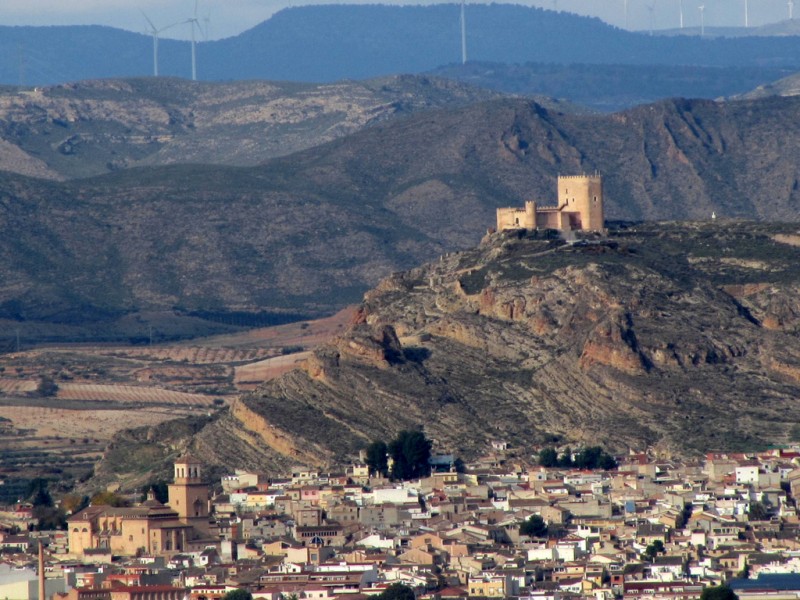
The castle of Jumilla is renovated to its original condition when it was built in 1461 Despite having undergone extensive renovation in recent years the castle of Jumilla is, in many ways, everything one might expect of a medieval fortress: it stands in a position of dominance high on a hilltop above the town, it commands panoramic views over the surrounding area, it has an imposing keep four floors high with crenelated battlements and it..
READ MORE
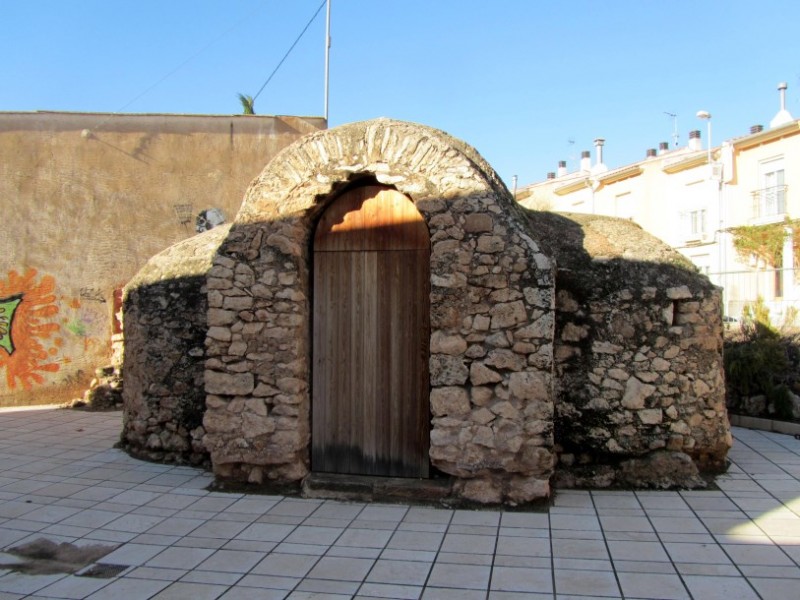
The building dates from the latter part of the Roman occupation of Spain One of the most historically interesting buildings in Jumilla is in fact one of the least impressive in architectural terms, and stands in Calle El Casón in the south-western outskirts of the town. El Casón is very small as buildings go, measuring only just over 3 metres by two metres and reaching a height of no more than 2 metres, but the reason for its importance..
READ MORE
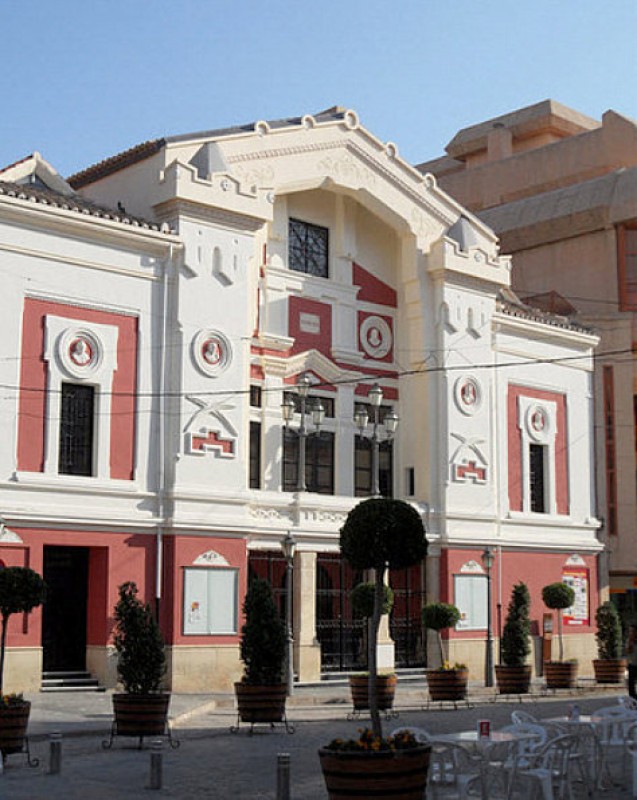
The Jumilla theatre offers a full range of musical and theatrical entertainment Address: Calle Cánovas del Castillo, nº 74, 30520 Jumilla T: 968 781166 E: teatrovico@jumilla.org Click for map, Calle Cánovas del Castillo, Jumilla The Teatro Vico in Jumilla is located on the central street of Cánovas de Castillo, not much more than 100 yards from the Town Hall. The theatre offers the people of Jumilla and the rest of the region..
READ MORE
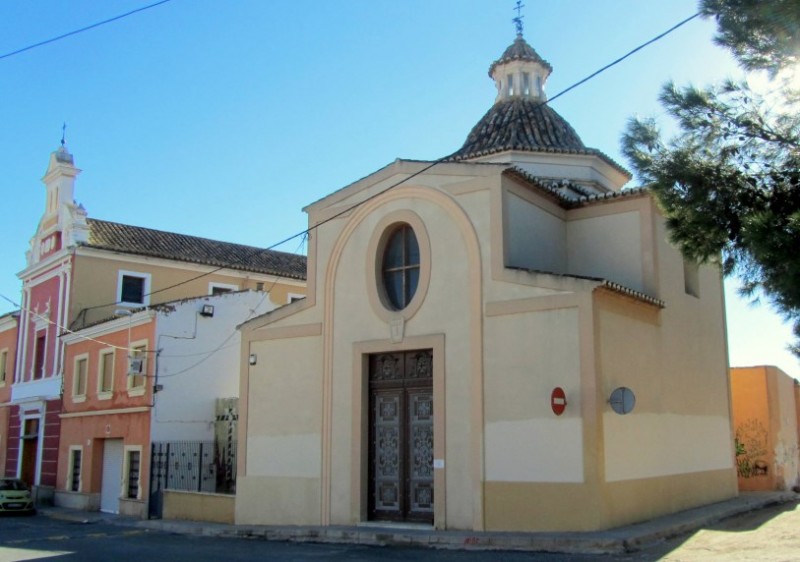
The building now housing the Semana Santa Museum was completed in 1611 The small church of San Antón was built in 1611 on the outskirts of the town, and as the growth of Jumilla is naturally limited by the dry river bed on the west it is still on the edge of the built-up area. The baroque features of the building include the dome and the windows, and after it was last restored in 2002 the building was loaned to the brotherhoods who..
READ MORE
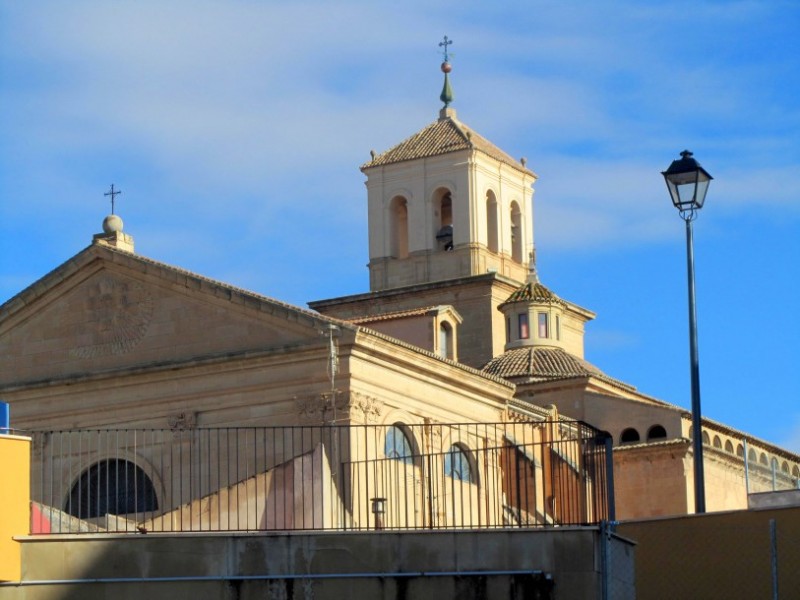
This majestic church in Jumilla was built between the 15th and 19th centuries The large church dedicated to the Apostle Santiago in Jumilla is probably the most iconic building in the town itself (although it is overshadowed by the castle that stands above), and although construction began as early as the 15th century the truth is that it could still be viewed as “work in progress” until well into the 19th. As a result it contains..
READ MORE
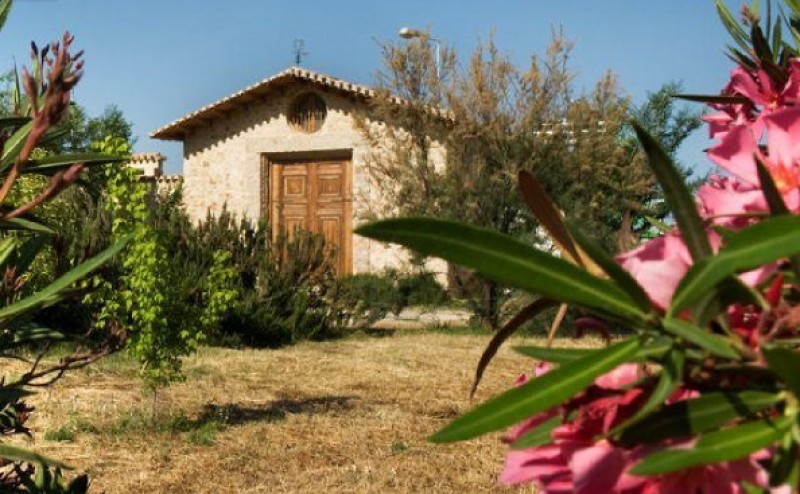
An example of ecological and bio-dynamic agriculture in Jumilla The production of olive oil is as much a part of the history, tradition and gastronomy of Jumilla as the its celebrated wines, and anyone exploring the area should make sure to visit one of the four olive oil presses included on the Jumilla Wine Route. One of these is the Almazara Casa Pareja, which is located in the south-west of the large municipality of Jumilla in the area..
READ MORE
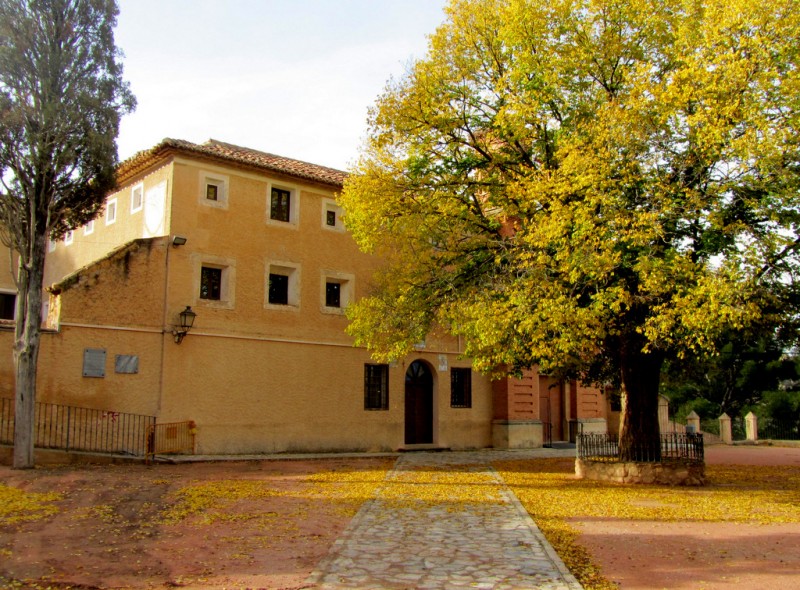
Panoramic views and a wealth of artistic heritage in the mountains south of Jumilla This monument is variously known as the Monastery, Sanctuary or Convent of Santa Ana del Monte, and stands high up in the mountains to the south of Jumilla, affording excellent views out over the town and further. It is a popular destination among walkers and cyclists and is well worth a visit purely to admire the landscape, but at the same time there are important..
READ MORE

Superb winery and vineyard tours, tastings, meals and a wonderful all-round experience in the landscape of Murcia Many places in inland Murcia have recently been celebrating World Wine Tourism Day, with special events such as winery tours, museum visits, tastings and fiestas to celebrate the end of the grape-picking season, and although it might not be the main attraction of the Costa Cálida for visitors and autumn sunseekers the Region has every..
READ MORE
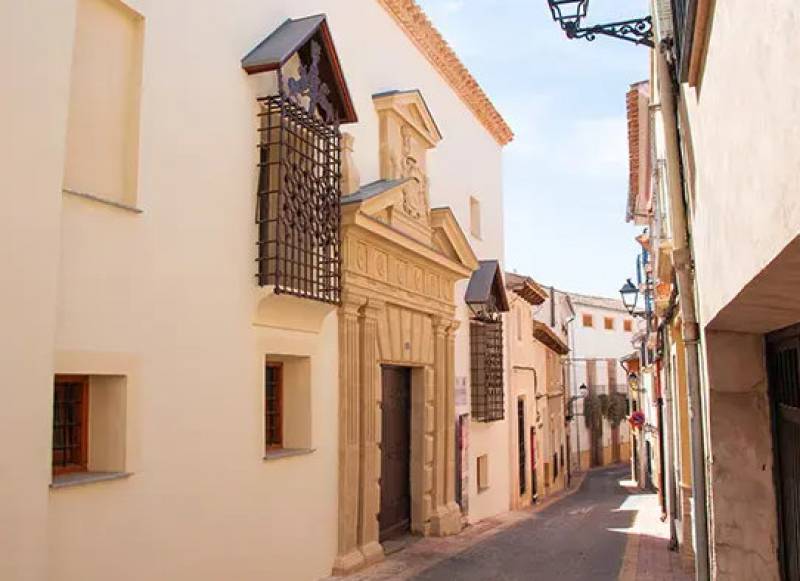
This musical and artistic venue is in an old ancestral house in the centre of Jumilla In November 2023 the Town Hall of Jumilla proudly presented the official opening of the “Casa de la Música y Legado de las Artes” (literally the House of Music and Legacy of the Arts) in the building which was previously known as the former home of the noble Pérez de los Cobos family. The inauguration took place on November 24 in honour of the feast..
READ MORE
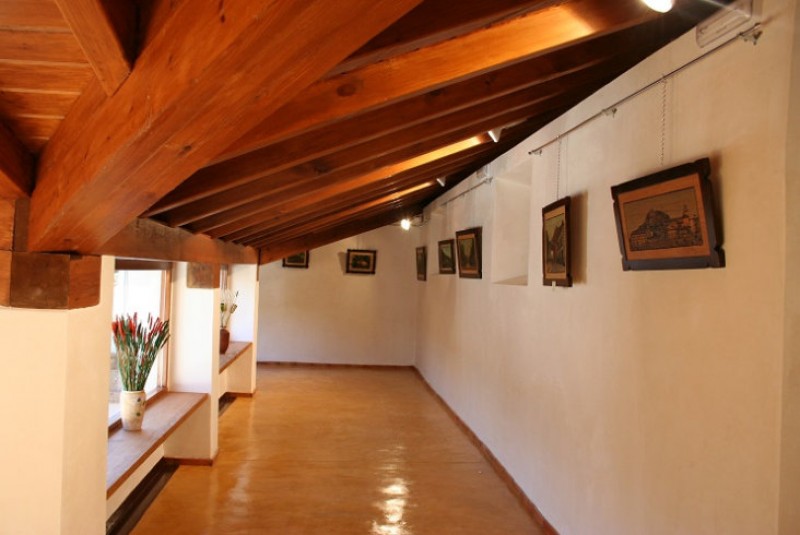
A restored 16th century residence is home to the craftsmen and women of Jumilla The Casa del Artesano or arts and crafts centre of Jumilla is housed in the Casa Honda, a Renaissance building which dates from the first 30 years of the 16th century, consisting of two floors and with a distribution of living spaces which follows the model of Roman villas. The living areas are distributed around a central patio which boasts a water feature..
READ MORE
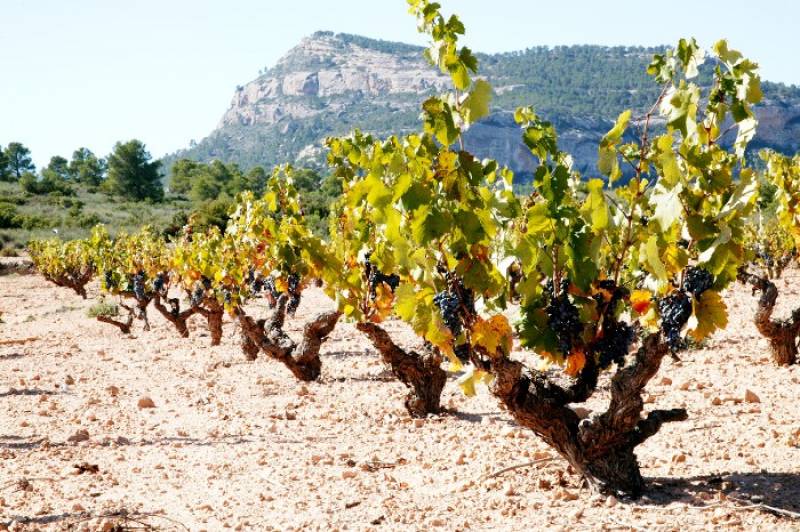
A harder job would be to name reasons NOT to visit Yecla and Jumilla! If you’re one of those whose knowledge of the Region of Murcia is limited to the beaches of the Mediterranean and the Mar Menor, couple of local watering holes or restaurants, the airport in Corvera and perhaps the cities of Cartagena and Murcia, it’s time to broaden your horizons and discover a whole different world which lies a little further inland! This is a world..
READ MORE
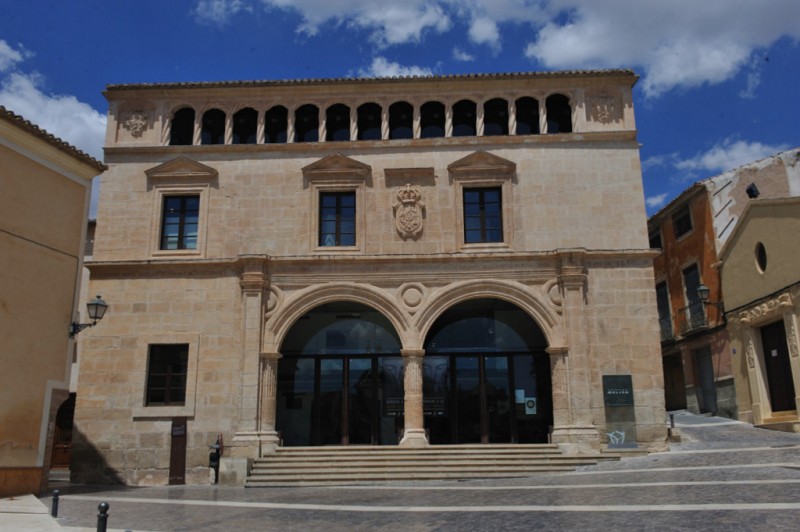
An impressive collection of items from found at various prehistoric sites in Jumilla This important archaeological museum was founded on the suggestion of the man after whom it is named, Jerónimo Molina García, who in the 1950s was the first to undertake the excavation of the Coimbra del Barranco Ancho site. Here he discovered an Iberian settlement dating from between the 4th and 2nd centuries BC (click to read a detailed history of Jumilla..
READ MORE
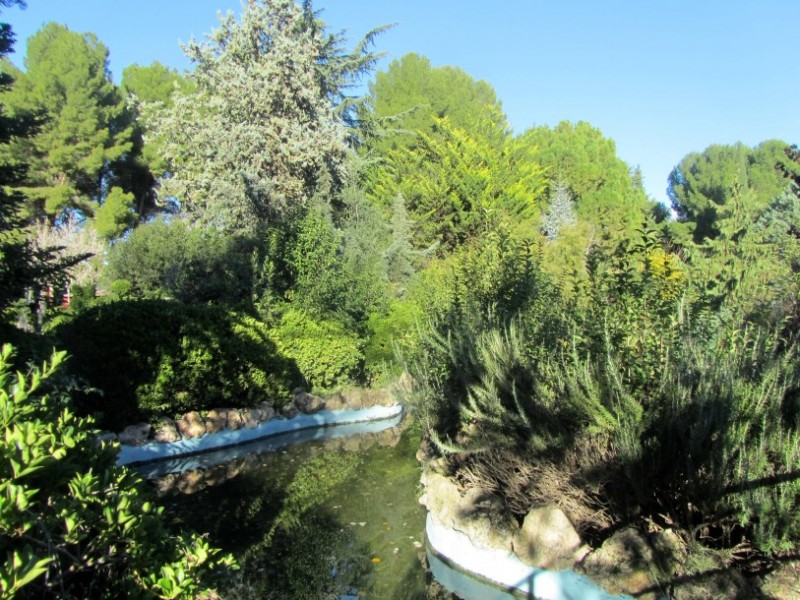
A beautiful park just outside the town of Jumilla The Jardín Botánico de La Estacada in Jumilla is located approximately one kilometre south of the built-up area of the town alongside the C-3314 road (also known as the RM-714) which leads to Cieza, Calasparra and Caravaca de la Cruz. Occupying an area of around 20,000 square metres, it features magnificent conifers and has become one of the most popular gardens of its kind in the..
READ MORE
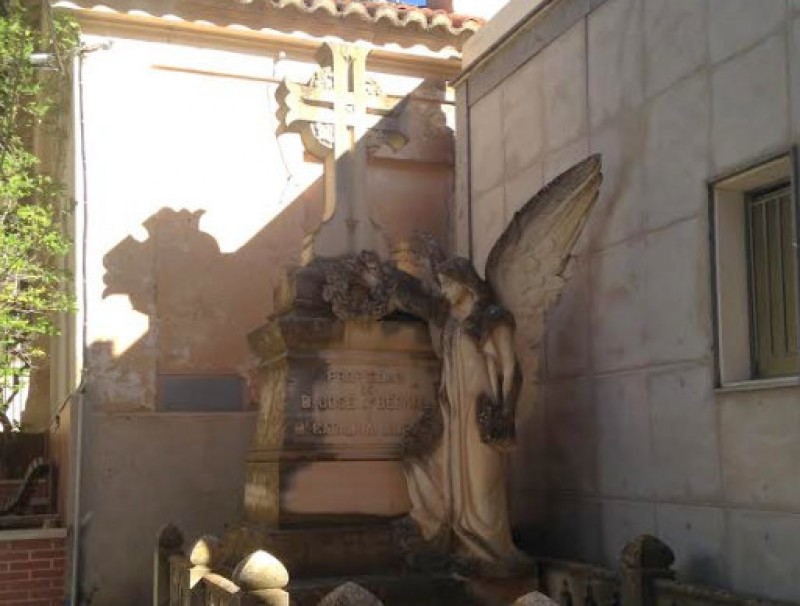
The 19th century mausoleums and pantheons contain a compendium of architectural styles The main cemetery of Jumilla is not only a last resting place for the deceased, but also, as is so often the case in Spain, a site which provides insights into the history and artistic heritage of the town as well as the values and beliefs of the 19th and 20th centuries. The current burial ground was inaugurated in 1875, although prior to that burials..
READ MORE
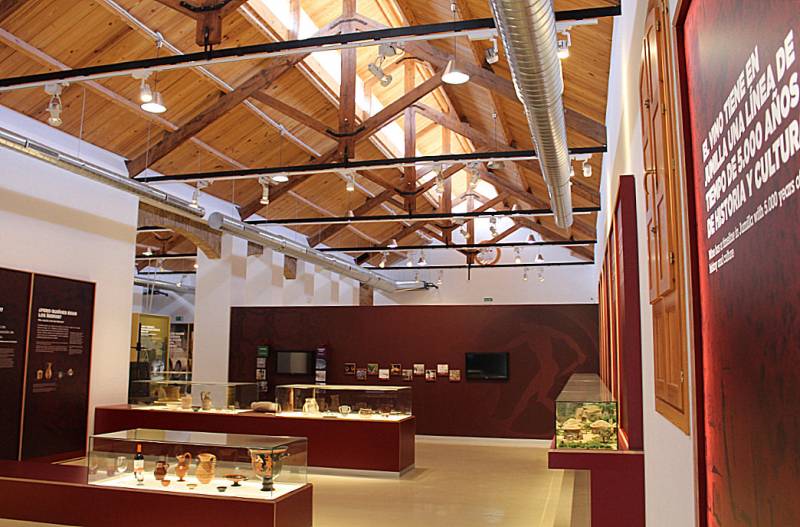
Exhibits illustrating the 5,000-year-old history of wine making in Jumilla In May 2022 the long-awaited official opening of the Wine Museum in the town of Jumilla took place, culminating a project which took over 10 years to complete at a total cost of around 1.5 million euros. The aim of the new museum is to provide a further boost to tourism in and around Jumilla, providing an additional attraction to those already visiting the numerous..
READ MORE
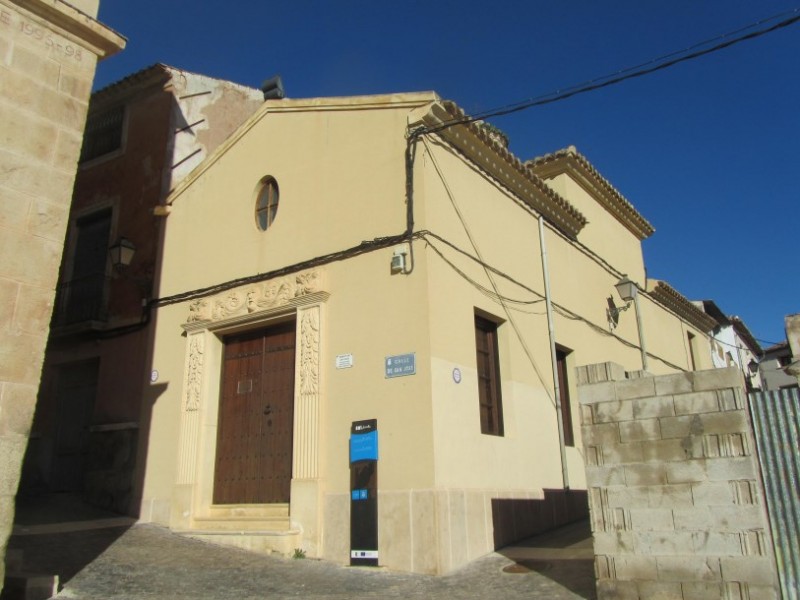
A small 17th-century church in the Plaza de Arriba in Jumilla The small church of San José stands at the north-eastern corner of the Plaza de Arriba in Jumilla the square in the older quarter of the town which is also home to the former Palacio del Concejo (now the municipal archaeological museum), the former grain store (now the Universidad Popular) and the Jesús Nazareno museum. The church dates from the early 17th century, and consists..
READ MORE

History, wine, breathtaking landscapes, a medieval castle and some of the most widely acclaimed Spanish wine! Jumilla, which lies in the “Altiplano” area in the north of the Region of Murcia, is one of the many towns in Spain which are full of attractions for visited but which are too often ignored in favour of other destinations closer to the coast. It’s true that it is a fair distance from the nearest beaches (between 75 and 90 minutes..
READ MORE
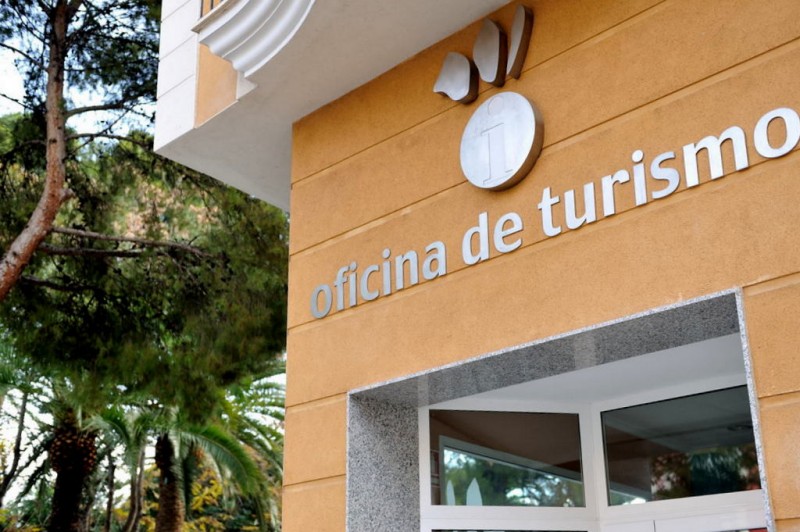
Oficina de Turismo de Jumilla The tourist office in Jumilla is centrally located with parking alongside the office and holds a wide range of information about visiting the municipality and its wine bodegas, together with maps. Address: Plaza del Rollo, 1, 30520 Jumilla Telephone: 968 780237 / 663 300779 email: oficinaturismo@jumilla.org For more information about visiting Jumilla, including what's on, local news and all of the..
READ MORE
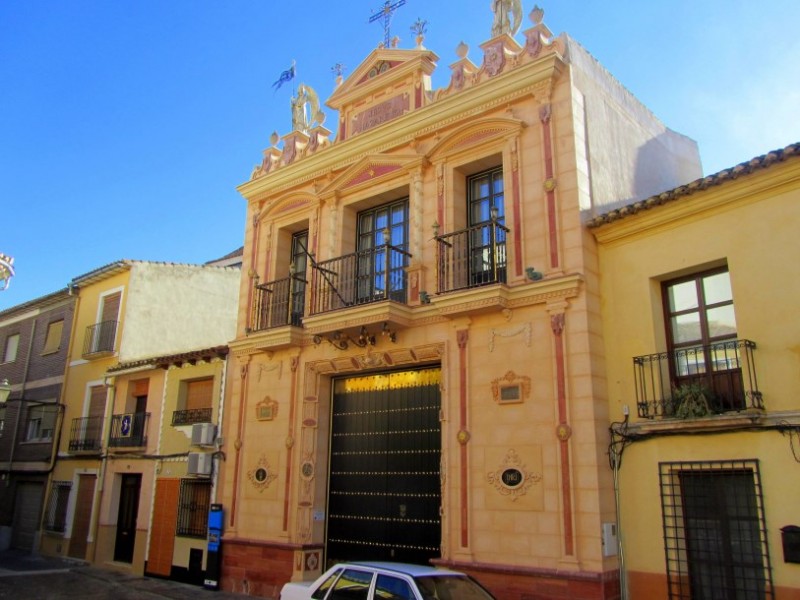
The home of one of the Semana Santa brotherhoods in Jumilla The Jesús Nazareno museum in Jumilla is housed in a highly ornate building in the Plaza de Arriba, an architecturally and aesthetically pleasing square in the older quarter of the town which is also home to the Jerónimo Molina archaeological museum (formerly the Town Hall) and the church of San José. The three-floor building is crowned by a dome and was clearly designed to match..
READ MORE
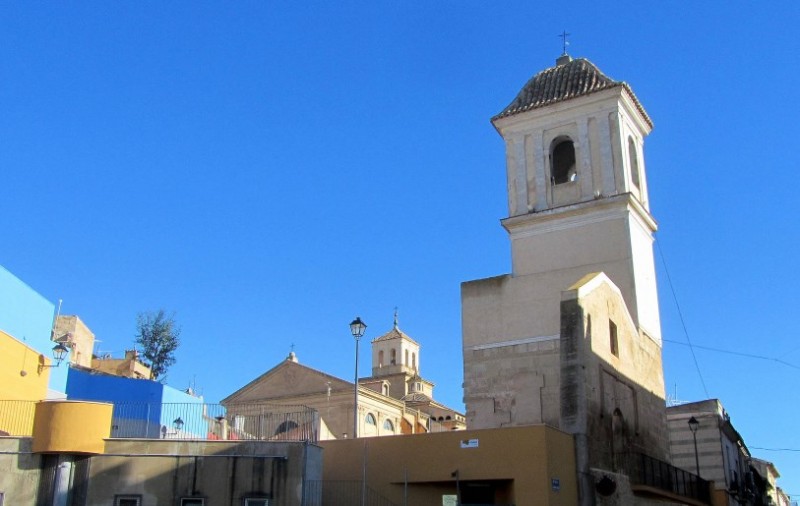
The tower is all that remains of the former parish church of Jumilla The church of Santa María del Arrabal was one of the oldest in Jumilla, having been built on the remains of a 12th and 13th-century Moorish burial ground in response to the teachings of San Vicente Ferrer. It was the parish church of Jumilla until the 16th century, when the Iglesia de Santiago was built, but was demolished in 1979 due to its advanced state of dilapidation..
READ MORE
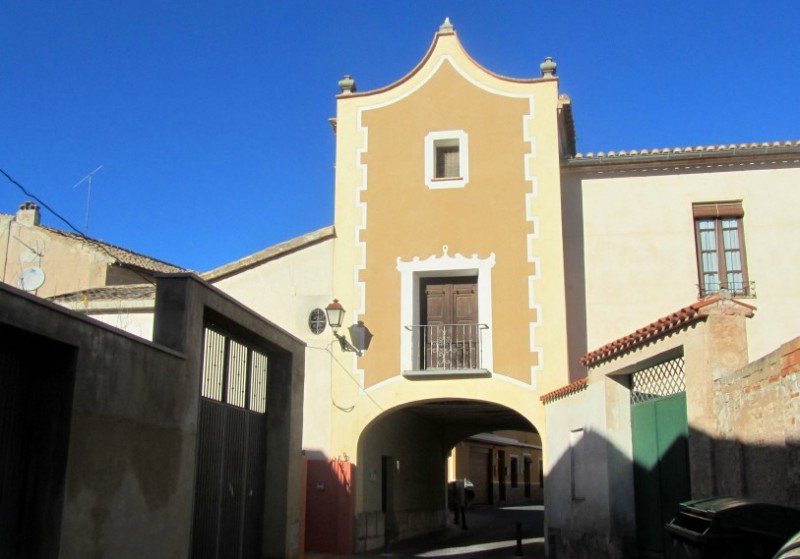
The former gateway out of Jumilla was used to prevent the spread of disease into the town The Arco de San Roque, also known as the Puerta de Granada, is one of the old gates into and out of Jumilla, and in the past constituted the main entrance and exit in the south-west of the town. The gate was built in 1642 to replace a wooden chapel which had been destroyed by fire 39 years previously, and used to be closed during times of plague..
READ MORE
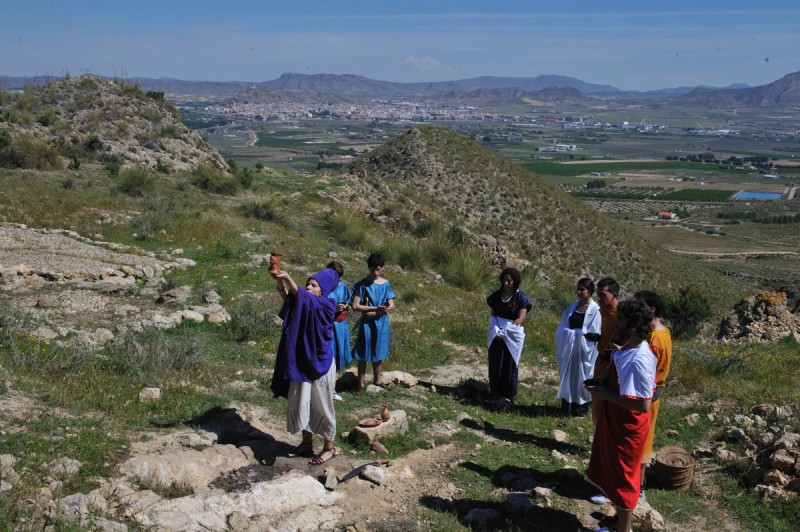
The settlement in the Sierra de Santa Ana dates from over 2,000 years ago Coimbra del Barranco Ancho is the name given to an archaeological site in Jumilla which contains the remains of an Iberian settlement dating from the 4th to the 2nd century BC, and which consists of a main walled residential area, a sanctuary or place of worship and three burial grounds. (Click for detailed information about the Iberians, who they were, how they lived..
READ MORE
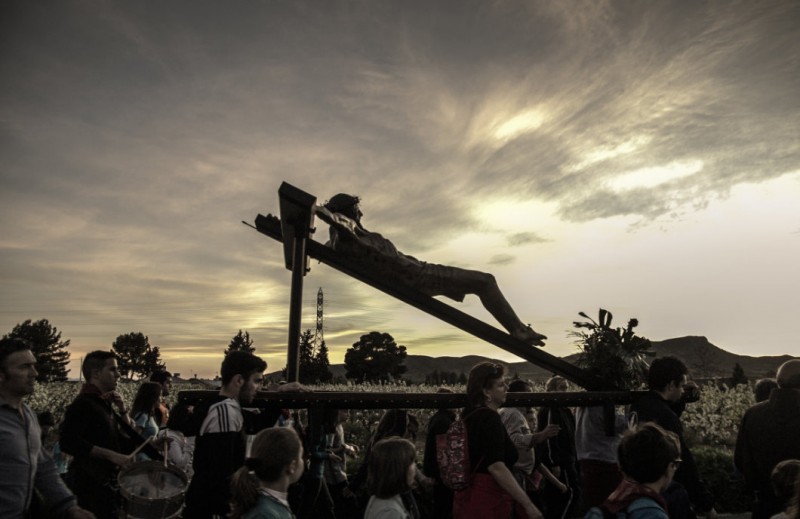
The Jumilla Easter celebrations date back at least 600 years and are among the oldest in Murcia With a history which dates back over six hundred years the Easter celebrations in Jumilla are among the oldest in Spain, documentary records revealing their existence as long ago as 18th, 19th and 20th April 1411. At that time the Saint of the Dominican Order, San Vicente Ferrer, was preaching in Jumilla during an evangelical campaign which had..
READ MORE
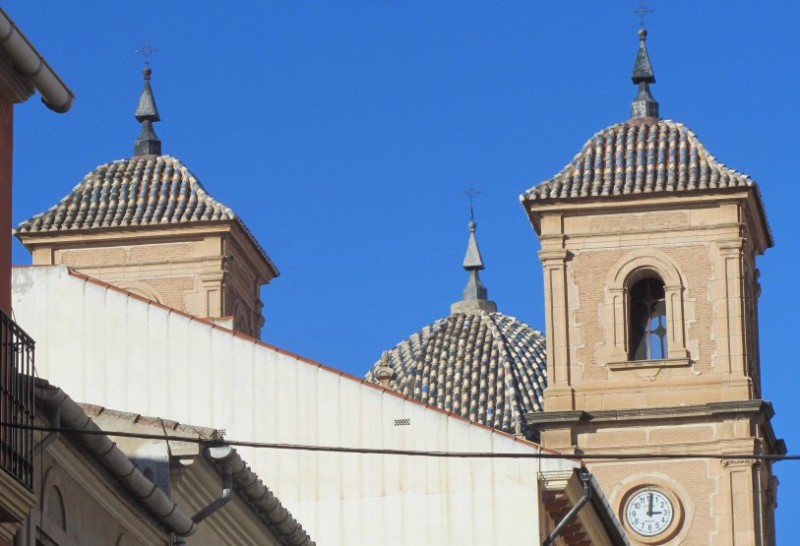
A small church converted into a Murciano baroque temple The Iglesia del Salvador is one of the largest churches in Jumilla, but despite its size it is hard to appreciate it from the outside, as it is located in the old narrow streets of the town at the corner of Calle Canalejas and Calle Pasos. Prior to its construction, the site in the centre of Jumilla was occupied by a smaller place of worship devoted to Nuestra Señora del Loreto. This..
READ MORE
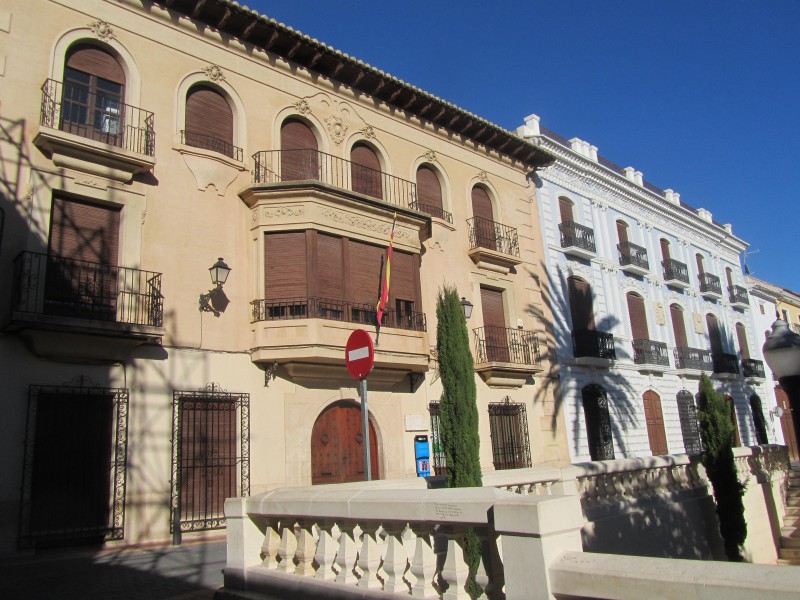
A tribute to the traditions of Jumilla and the world’s finest dinosaur footprint catalogue Housed in one of the majestic stately residences in the centre of Jumilla, next to the park known as the Plaza de la Constitución or the “Jardín de las Ranas”, are the Natural Sciences and Ethnography sections of the municipal museum, including very complete collections related to entomology, esparto grass, mineralogy, earthenware and pharmacy..
READ MORE

Besieging the Castle, Asedio al Castillo, a mobile phone app for enjoying the history and heritage of Jumilla The Town Hall of Jumilla in northern Murcia has presented a new tourism initiative consisting of a mobile phone app which invites participants to complete a “gymkhana” game entitled “Asedio al Castillo” (Besieging the Castle). This culturally and historically informative game takes visitors (and locals!) back to the year 1358..
READ MORE
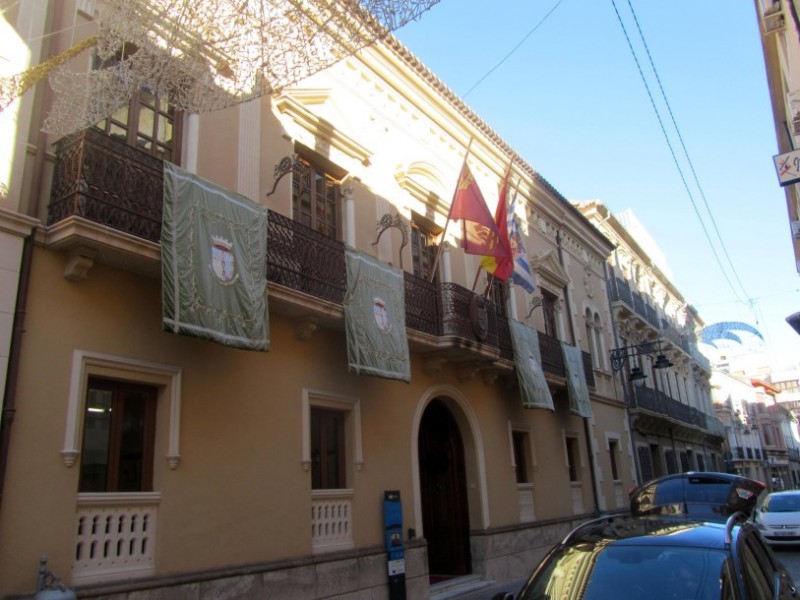
The Town Hall building in the centre of Jumilla was a hospital in the 16th century The building which is home to the Town Hall of Jumilla (the Ayuntamiento) was built between 1580 and 1583 to serve as the Hospital “Sancti Spiritu”, and it remained in use as such until the mid-19th century, being of especial importance during the Peninsular War (1807-14). However, it was then taken over by the local authorities, since when the only significant..
READ MORE

Early 20th century opulence in the centre of Jumilla The Modernist house which stands on Calle Cánovas del Castillo in Jumilla was built in 1911 following the design of architect Joan Alsina Arús, who also collaborated with Gaudí and Conde Güell during his career. As in other parts of the Region of Murcia, this style of architecture coincided with the prosperous years of the late 19th and early 20th centuries, and in Jumilla that new wealth..
READ MORE
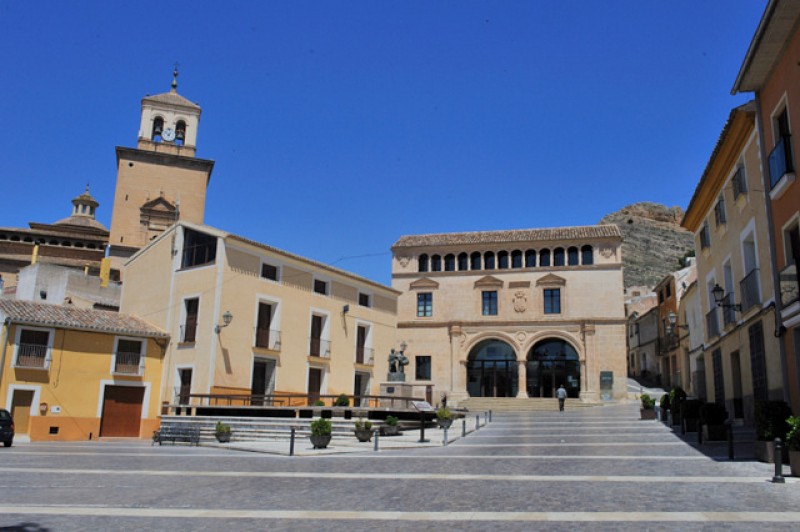
A historic central plaza which has retained the same core elements for the last 500 years The “Plaza de Arriba” is without doubt one of the most important central points in the old quarter of Jumilla and has been so since the fifteenth century. In spite of a number of modifications undertaken during the last 500 years, it still maintains the same basic elements as when it was first constructed, namely the former Palacio del Concejo which..
READ MORE
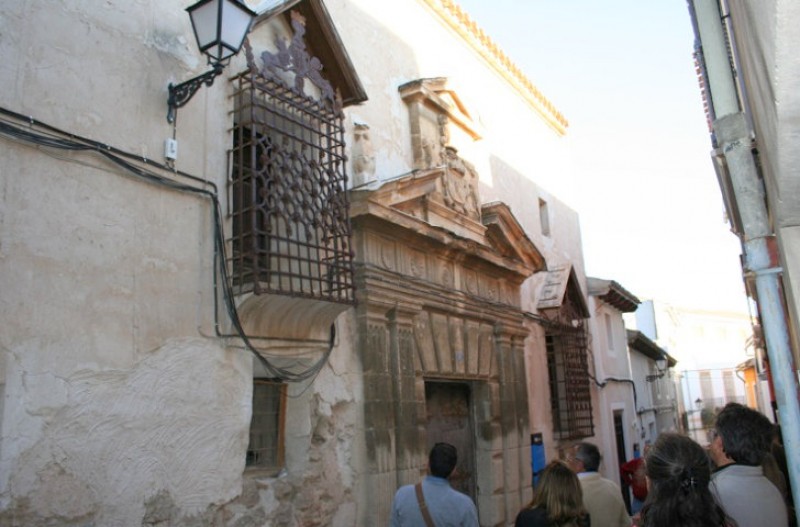
A palatial 16th century residence which is currently being restored The Casa Pérez de los Cobos in Jumilla is a palatial residence dating from the 16th century which stands on Calle del Rico (appropriately, the “street of the rich man”, named after the man who commissioned its construction, Francisco Pérez de los Cobos!). The façade stands out due to its wrought iron window grills and the stone coat of arms above the ornate doorway..
READ MORE
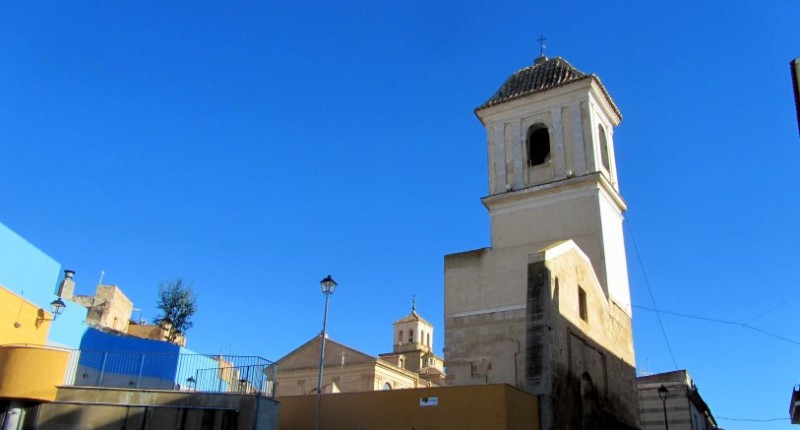
Pick up a street map from the tourist information office and discover the historic town of Jumilla on foot Click for Tourist Information office Jumilla Cuatro Cantones “Cuatro Cantones” is the name given collectively to the oldest streets in Jumilla, where people first started to settle after moving outside the safety of the walls of the castle, which in Moorish times was located on the lower slopes of the hill atop which the later..
READ MORE
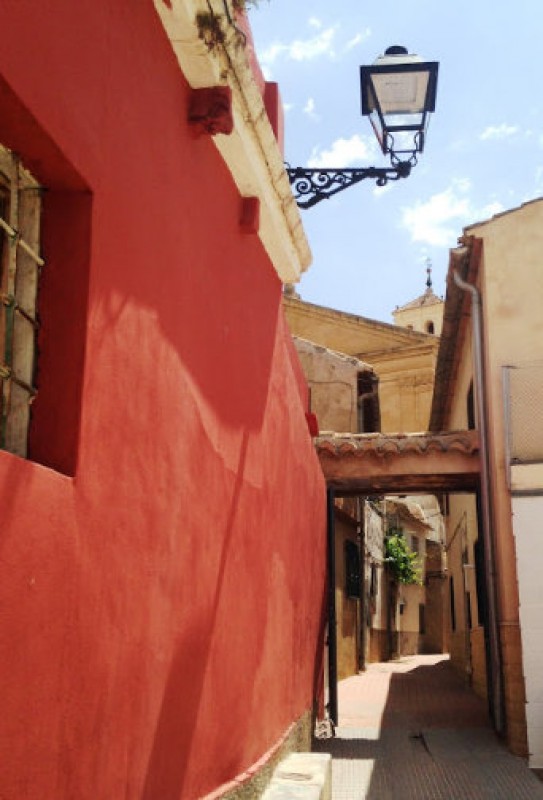
The oldest street in Jumilla dates back to the time of Moorish rule in the Early Middle Ages The oldest remaining street in the town of Jumilla dates back to the 12th and 13th centuries, as was confirmed by archaeological excavations in 1990. At that point in history, at least until 1243, Jumilla and the rest of what is now the Region of Murcia were still under the control of the Moors, and the excavations show that the street originally continued..
READ MORE
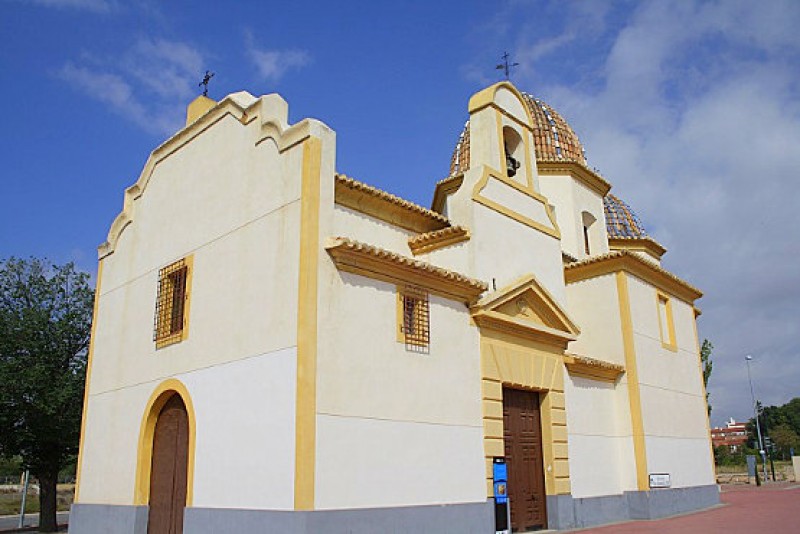
The figure of the Virgen de la Asunción, the patron of Jumilla, is kept in this 16th century church This relatively small church, which was built in approximately 1570, was for a long time considered the last place of Christian worship on the road out of Jumilla towards Granada, and even today it still stands in the south-western outskirts of the town. It is principally recognizable by the two Baroque-style domes, one over the main nave and..
READ MORE
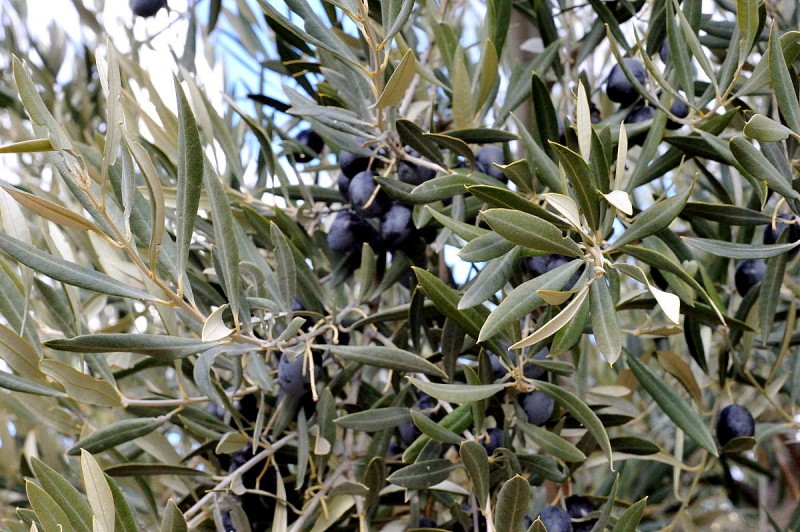
Extra Virgen olive oil from 500 hectares of trees in the north of Jumilla The production of olive oil is as much a part of the history, tradition and gastronomy of Jumilla as its celebrated wines, and anyone exploring the area should make sure to visit one of the four olive oil presses included on the Jumilla Wine Route. One of these is “Olimendros”, which was founded by the Muñoz Caravaca family in 1997 with the aim of producing quality..
READ MORE
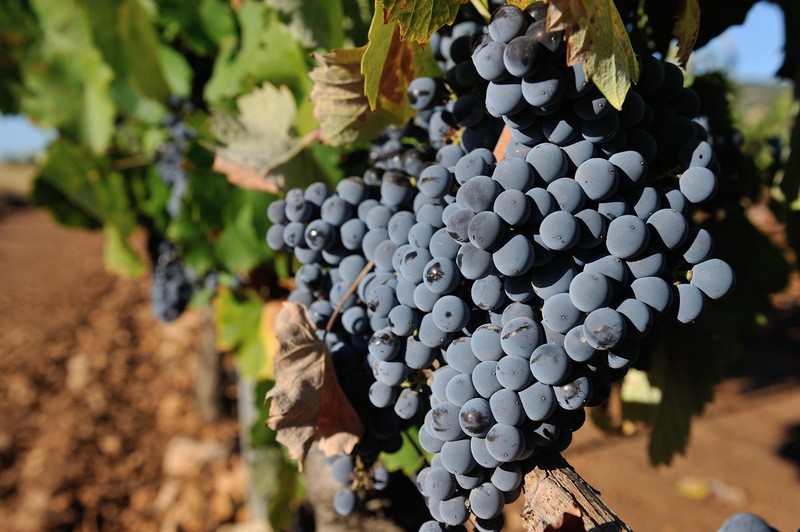
Practical information to help enjoy a visit to Jumilla The wine installations and attractions of the Ruta del Vino in the municipality of Jumilla can be enjoyed and visited in a number of ways, either by individuals or by groups of any size, and are an ideal way of getting to know not only the best-known product of the area but also the town’s history, traditions, monuments, people and gastronomy. There are 15 “bodegas” (or wineries..
READ MORE
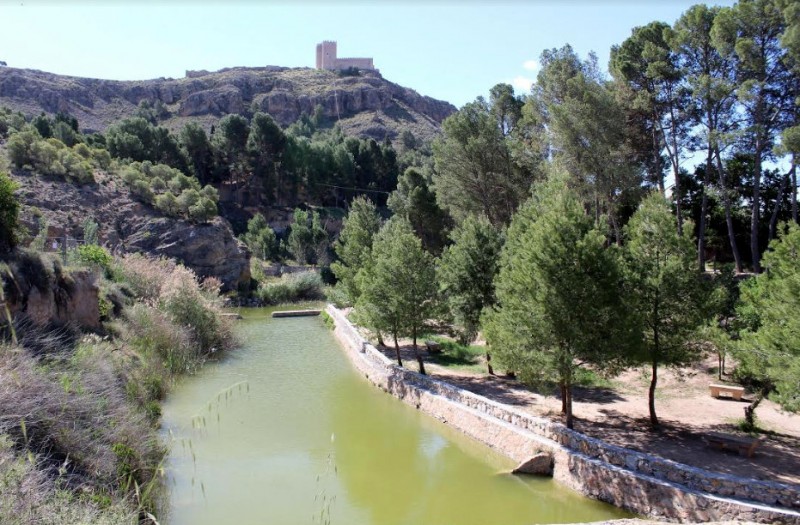
A popular spot for a day out among locals just behind the castle hill Many visitors to the town of Jumilla in the north of the region of Murcia don’t have enough time to venture round to the “other” side of the hill on which the castle stands, but locals who are in the know are all aware that here there is a charming beauty spot which is popular for picnics and swimming in the summer. This is the body of water named “Charco..
READ MORE